I rode my 1960 Velocette Venom....
Now I've an ongoing interest in early aviation and was gobsmacked by the effort that HARS put in to get the Lockheed Super Constellation to their flying collection in Australia....
Check out their website....
http://www.hars.org.au/
And the section on "Connie"....
http://www.hars.org.au/2009/05/the-connie/
Talk about a labour of love....it makes restoring motorcycles pale into insignificance.....
Still every man to his job....
Following are some pics I took while at the airshow featuring this Lockheed Super Constellation...
It, to me, looks sensational in shape and form...and it sounds just as good....
Left click on images to enlarge....




Ok I'm also partial to Consolidated Catalina's...HARS has two flying examples....

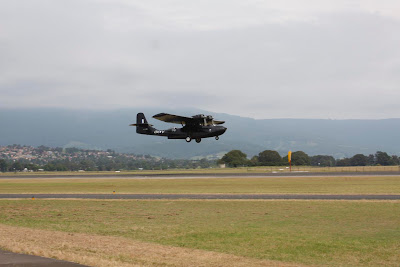
Following is the information( extracted from HARS website above, of the finding, purchase, restoration and flight of "Connie" to HARS in Australia.
Remember that the aircraft was in the USA, the teams of engineers, many from Qantas who took their annual leave, had to fly across the Pacific, spend the time working on the aircraft and then fly back to Australia. This shuttling of restoration teams continued over the years until the plane was ready to fly back itself. Lockheed contributed to the project by completely painting the aircraft in the original Qantas livery, free of charge, a job estimated to cost $600,000.
Where the Qantas logos were on the fuselage, the words "Connie" replace them.
Lockheed Super Constellation “CONNIE” VH-EAG
VH-EAG ‘Southern Preservation’ is in fact the militarised version of Lockheed’s famous range of Constellation aircraft which revolutionised air transport during the late 1940s and 1950s. It is similar to the Super Constellations used by Qantas during this period as their main long range passenger aircraft and pioneered their around-the-world service.
This service was the first such trans global service in world airline history.
‘Connie’ as it is affectionately known, was originally built as a C-121C for the United States Air Force, serial number 54-0157, c/n 4176, and was delivered on 6 October 1955 when it was allocated to the 1608th Military Air Transport Wing based at Charleston, South Carolina. On 25 July 1962 it was transferred to the Mississippi Air National Guard and on 14 February 1967 it moved on to West Virginia Air National Guard, where it served for the next five years. Connie’s last active duty was with the Pennsylvania Air National Guard from mid 1972 until its relegation to storage at Davis Monthan Air Base at
In 1990 some Society members were in
Considered obsolete and of no further use, storage maintenance ceased in 1981 and as a result was designated of scrap value only. In addition most of the engine accessories and instruments had been cannibalised. Failure to re-seal the aircraft after an inspection permitted access to legions of birds to nest and foul the interior over many years. This in turn discouraged the scrap metal merchants from bidding on the aircraft due to the infestation of guano and the subsequent imperfections that it would cause in the smelting of the aluminium.
In November 1991, HARS started what was to become a major project when 54-0157 was placed in our care for restoration and delivery to
The major difficulty in the restoration process was the need for the volunteers to continually travel to
Brief statistics on this project were:
• 16,000 man hours were expended on the project (all volunteered)
• Some $800,000 in cash was raised
• Approximately $1.2m was raised in sponsorship services
• 47 team trips were mounted, each averaging 14 days
• 38 hours of crew training was accomplished before the delivery flight
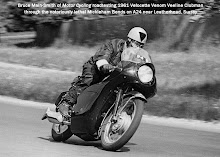

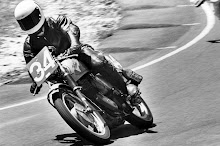

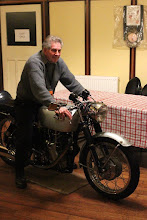
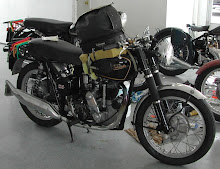
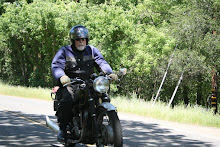


No comments:
Post a Comment